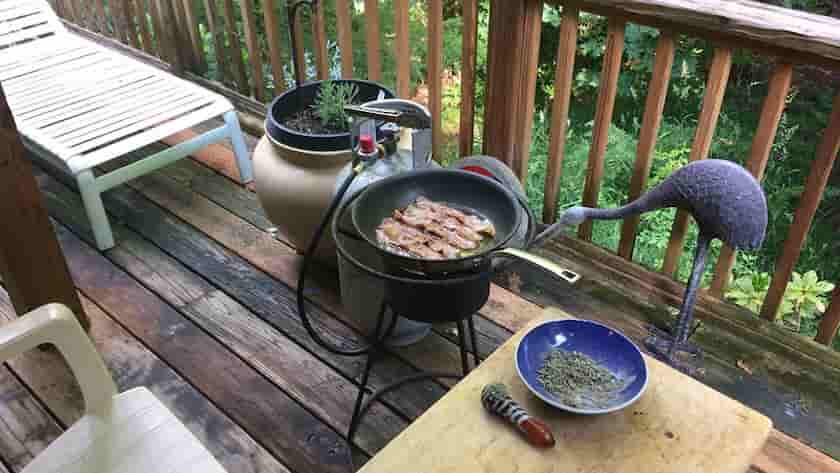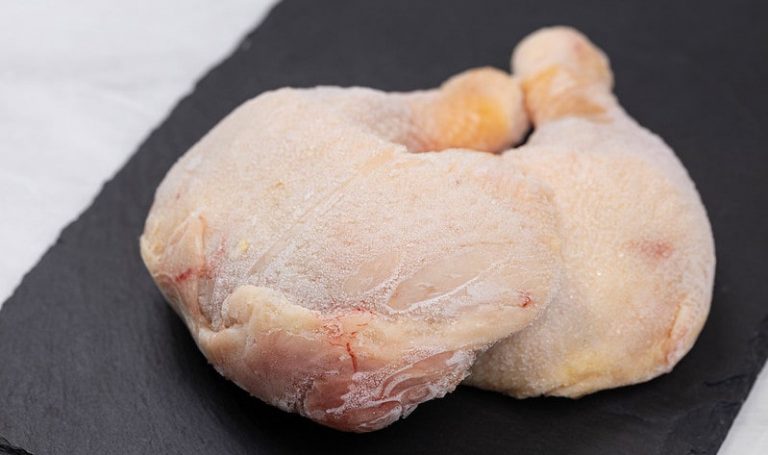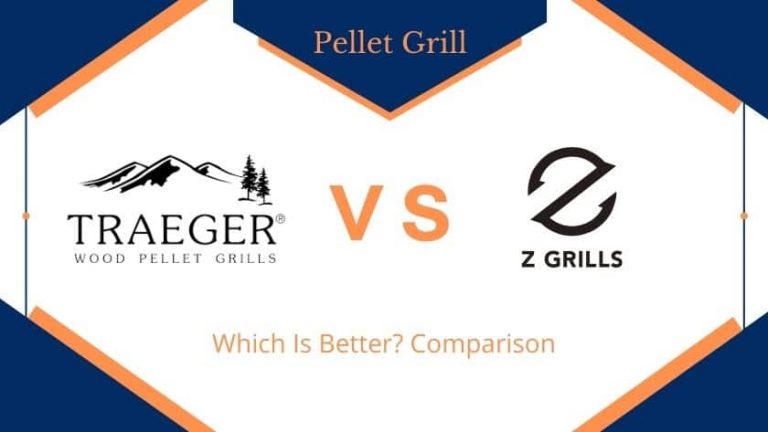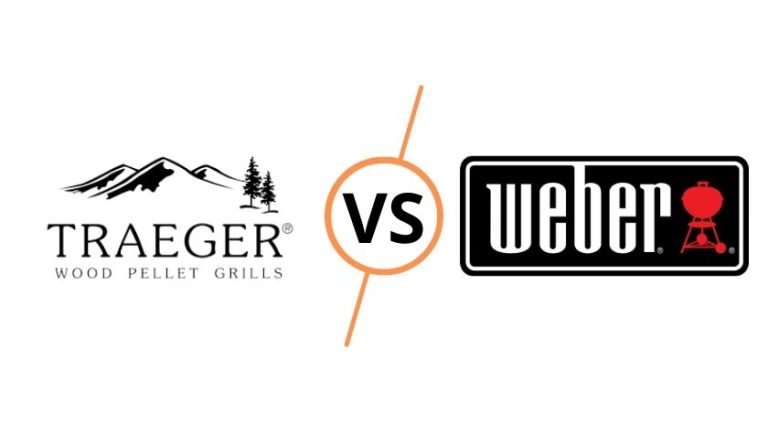How Much Does It Cost To Fill 20 Lb Propane Tank
Propane or liquid petroleum gas (LPG) is an efficient, safe, and reliable fuel for at-home use. It has many purposes and can be kept on hand for emergency use, backyard grilling in small propane tanks or even used to fuel appliances such as water heaters at times most needed.
Propane is more Eco-friendly than other fuel products and is a reliable product to use for families.
It can save approximately 30% over other energy sources, making it a great alternative, especially when compared to other fossil fuels.
Propane tanks are designed to contain propane at high pressures, so you want to be sure that you’ve got exactly the size tank that you want because there will be plenty of propane packed into one tank.
There are several different sizes to choose from, but the 20 lb propane tank is a decent size that actually isn’t very costly at all to fill. In fact, it will cost approximately just $14 to $20.
Though this depends on the refill cost, which is typically $3 or $4 per gallon.
So, if your propane costs $4 per gallon, you multiply that by how many gallons the tank can hold. A 20 lb tank will usually hold a decent 4.7 gallons of propane, so $4 multiplied by 4.7 gallons equals a cost of $18.80 to fill the tank.
Effectively, you are paying almost one dollar for each pound that the tank weighs, and you definitely get your money’s worth with the size of the tank, the amount of propane it holds and how little a gallon costs.
Tank Exchange vs Refill- Which One Is Better?
As stated above, if you choose to refill your 20 lb propane tank, you will only be paying about $4 maximum per gallon, which makes this the cheaper option.
You also won’t lose any leftover propane when refilling either as you would if you were exchanging the entire tank.
And, by retaining the one same tank every time you get fresh propane, you don’t have to worry about the container potentially being faulty or dangerous because you know exactly what condition your tank is in.
However, a tank exchange is definitely the more convenient option, especially if you lead a busy life and don’t have much spare time to take your propane tank to specific locations for it to be refilled.
To exchange your tank for a new, full propane tank, simply find one at any hardware store or gas station near you and change it for yours. And though you can’t be one hundred percent certain about the condition of the new tank, no reputable store will sell you a bad quality tank.
So, though refilling the tank is cheaper and not wholly inconvenient, a tank exchange is better for those who need more propane very quickly.
However, the extra few dollars per gallon that it costs, as well as potential wasted gallons, add up quickly and make refilling much more cost efficient.
Things To Consider Filling A 20 Lbs Propane Tank
Effect of Temperature
Propane must be kept in ideal temperatures that are not too hot or too cold to avoid it becoming affected by external conditions. If the temperature is too cold then the propane will become liquified.
If it is too hot then the propane will boil and become vapour. As a result, it is important to remember that an increase in temperature will cause the propane tank to expand and a decrease will cause it to shrink.
The temperature at the time of filling determines if you will end up getting the right amount of or too little propane. The cooler the air, the more propane you will get in one filling.
However, you then risk the tank being too full when exposed to warmer temperatures. By filling the tank in warmer temperatures, you risk losing a few pounds of propane, but this will also result in a lower price.
Understanding Filling Terms
The main term associated with propane tank filling is ‘full’ because this differs depending on where you go.
For example, some places may advertise three quarters of a 20 lb tank as the full amount, and charge the corresponding price, but you will get a lot less than you expect.
As mentioned in reference to temperature, another filling term you’ll hear a lot is ’empty’.
Some places will refill or exchange your tank when there is still some propane in it, which puts you at a loss during an exchange because some of what you paid for will remain in the tank.
So, you must decide for yourself what constitutes ’empty’ and ‘full’ to get the most out of your tank.
Be Skeptical of Sales
Though sales are usually a great option that we all pounce on, a sale advertised for propane tanks may not be the steal you think it is.
A cheaper tank means less gallons, so you may save money buying propane on sale, but you will not get as much product as you want. You also don’t want it to be so few gallons that your tank is barely filled.
A ‘full’ tank is determined by what the retailer believes to be full. They may be offering way less than 4.7 gallons, which will not suit your 20 lb tank.
Though a sale on propane may work out perfectly for you, it pays to be skeptical, especially when that skepticism can literally get you the best value for money, even if that does end up costing more than the sale price.
Do Not Overfill
Though the compact propane tank can certainly compress a lot inside, you don’t want to exceed the 20 lb size of the container when filling it.
You will be safe for an approximate 20 percent more than 20 lbs, but you should never fill the tank to include that extra percentage because the tank will then not have any regulation space when it comes to temperature changes.
You absolutely want to avoid any propane being released out of the container without your control, so ensure that your tank is filled to the 4.7 gallons that fit inside a 20 lb tank and no more.
If the tank is too full then you risk the pressure relief valve randomly releasing propane, and you definitely don’t want that.
Exchanging Too Soon Can Be Costly
As discussed earlier, refilling is the more cost-effective option because you won’t lose any propane from the tank if you keep hold of the same tank.
During an exchange, however, the tank may not be completely empty, so any leftover propane is lost when you hand in your tank.
Though propane is quite cheap per gallon, those gallons add up, especially if you require propane very frequently, so those lost gallons will cause you to waste money when you exchange them and pay for an entire new tank before the last one was used up.
To avoid this, you want to use your propane tank until you can get nothing more from it and then exchange it.
Best Places To Get Your Propane Tank Filled
U-Haul has the largest network of propane stations in USA, so you shouldn’t struggle to find one to refill your tank.
As you use propane for grills and camping stoves, it is easy to fill or buy new propane tanks at almost any hardware store, so you can also pick up all your camping or barbecue supplies at the same time if you would prefer.
Some gas stations do have the option for you to fill your tank up there, but not all of them offer this service, so it is best to research nearby gas stations before heading out with your tank.
You can enter your zip code on Amerigas to find the closest propane tank exchange or refill locations, and these can be stores, gas stations, hardware retailers, and anywhere else that Amerigas has partnered with.
You can get good quality propane from any of those places, but make sure to compare them first because you want to get as much propane as is suitable for your 20 lb tank for the best price possible.
Frequently Asked Questions
Q. How Many Gallons of Propane Are in a 20 lbs. Tank?
A 20 lbs. propane tank is a portable choice used with many different devices. From camping, home fire pits, and grills, they are an easy choice for fuel.
The cost of filling a propane tank can be significantly less than exchanging a tank for a new one. Although many stores offer the exchange program at a fair rate, this cost can add up over time.
There are approximately 4.6 gallons of propane in a 20 lbs. tank, an important fact when considering the cost of refilling. The propane will cost roughly $3.00-$4.00 per gallon at many places, whereas their exchange program costs $5.00-6.00 per gallon.
Most individuals who refill instead of exchanging tanks save $1.76 per gallon, which equates to over $8.00 per tank.
Q. How Much Does a 20 lbs. Propane Tank Cost?
There is another factor to consider when considering propane as fuel, which is the tank’s initial cost. Large chain hardware stores, such as Lowes and Home Depot, offer new tanks for under $40.00.
Although used tanks bought through their exchange program are about half of that price. Those tanks can be refilled as well as exchanged, so that offers a good bargain.
Another thing to consider is that exchanging a tank versus refilling causes the consumer to lose whatever propane remains in a tank.
Since most consumers do not fully deplete their tanks before exchanging, this can add to lost fuel costs. Purchasing a fuel gauge can help monitor how much fuel remains in the tank and is well worth the investment.
Q. How to Tell if a Propane Tank is Full or Empty?
For individuals who do not want the added expense of the recommended fuel gauge, there are other ways to tell if a tank is running on empty. Every tank should have a tare weight, or “TW” stamped on the side.
This number tells the consumer the weight of the propane tank. The tank is weighed, and the tare weight subtracted off– giving the weight of the fuel remaining. A full tank should weigh in at 20 lbs, while the container itself may vary.
Another method for assessing the remaining amount of fuel is to use the “water method.”
This method includes pouring a small container of warm water over the tank. Since propane under pressure is colder than the water, the tank is felt until a cooler spot is discovered.
For those who do want to use a gauge, inline, analog, and digital gauges are readily available on the market for purchase. They are the more precise way to determine the amount of remaining fuel.
The Bottom Line
The bottom line is that people are turning to propane as concerns about the environment grow more critical.
Compared to electricity, it takes far less time for propane to reach desired temperatures, making it a greener choice. It also burns more cleanly than any other fossil fuel.
Because propane tanks are more puncture-resistant, it is also a safer form of energy.
Although propane is clear and odorless in its natural state, there is a sulfur or rotten-egg smell added to propane to let consumers know if a leak has developed.
As with any form of combustion fuel, a carbon monoxide detector is recommended in areas where propane is used.
Refilling a propane tank takes fewer energy resources because there is no processing or waste necessary. It is an eco-friendly choice that is good for families and the environment!
Related Post To Consider
Chips or Chunks | Which One Better for Grill Smoker Setup
Best Electric Pellet Smokers & Grill | Review & Comparison






